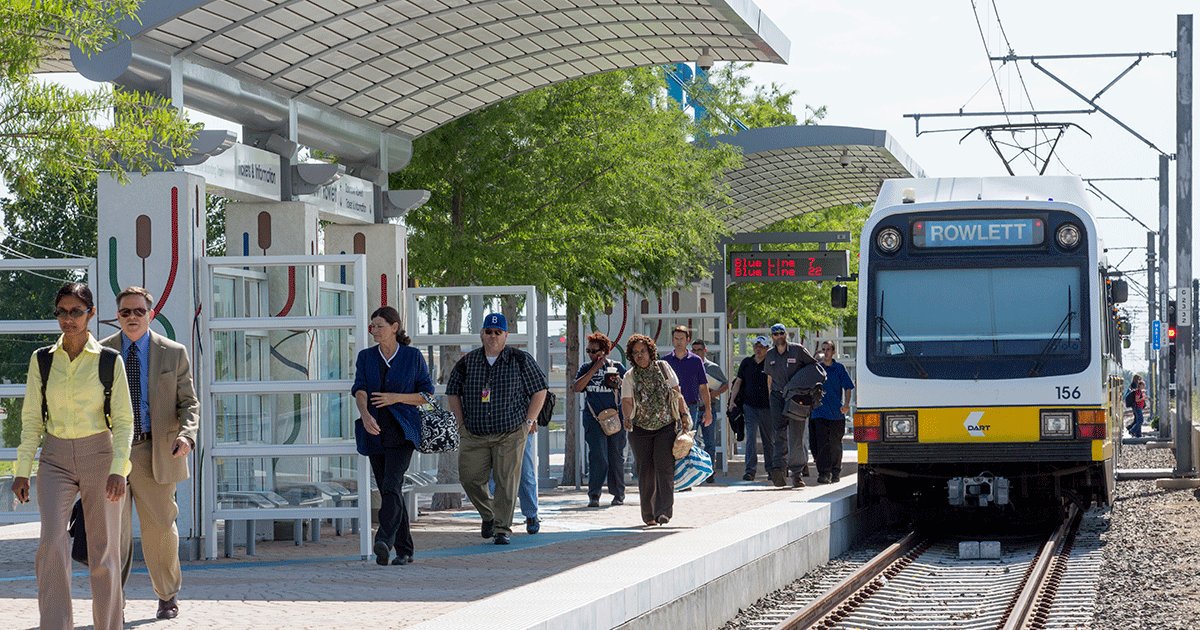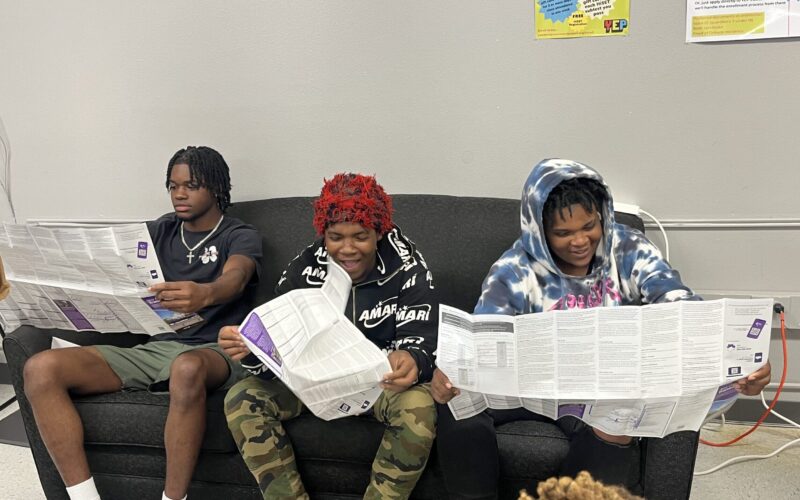
This weekend, Dallas Area Rapid Transit will raise bus and rail fares, making a ride on DART one of the most expensive in the country. To soften the blow for riders, the agency will also be introducing a fare capping policy alongside its new GoPass Tap contactless fare card.
Where fare capping is done—for example in Dublin, London and Portland, Ore.—single fares paid by riders are “capped” when they reach the cost of an unlimited-ride pass. Advanced fare-payment technology, like that found in GoPass, can count how many times a rider uses the system within specific time spans and stop charging after she hits the cost-equivalent of a daily, weekly or monthly pass. With fare capping, riders who can’t afford the hefty upfront cost of a pass no longer end up paying more overall.
Fare capping represents a growing trend in transit because it offers a win to both agencies and riders. Capping incentivizes riders to switch to mobile or card payment options, reducing agency overhead associated with cash handling. Meanwhile, riders appreciate the convenience and assurance of knowing they aren’t paying more for fares than necessary.
New York, however, is late to the party. The Metropolitan Transportation Authority hasn’t committed to including fare capping policy when it rolls out its new fare payment technology next year. It should. Fare capping can be a salve for straphangers who are frustrated at the prospect of scheduled fare increases in 2019 with no discernible improvement in service. At a time when many are turning their backs on subways and buses altogether, it could bring riders back to the system.
Fare capping would be a powerful policy complement to Fair Fares, the New York City Council’s half-priced fare subsidy for low-income New Yorkers. Together they would increase transit equity and offer convenience for riders of all incomes. Now is the perfect time for New York to follow Dallas’ lead and ensure the MTA provides the best value for everyone, and it’s up to advocates to continue making the case.
 On the Brink: Will WMATA’s Progress Be Erased by 2024?
On the Brink: Will WMATA’s Progress Be Erased by 2024?
The experience of being a WMATA rider has substantially improved over the last 18 months, thanks to changes the agency has made like adding off-peak service and simplifying fares. Things are about to get even better with the launch of all-door boarding later this fall, overnight bus service on some lines starting in December, and an ambitious plan to redesign the Metrobus network. But all of this could go away by July 1, 2024.
Read More Winning Free Fares for Youth in New Orleans
Winning Free Fares for Youth in New Orleans
Most transit agencies rely on fare revenue to fund operations, meaning many are forced into the position of needing to collect fares from the people who can least afford it. To change this paradigm, advocates across the country are fighting for - and winning - programs that allow agencies to zero out fares for youth, removing one of the largest barriers to youth ridership.
Read More